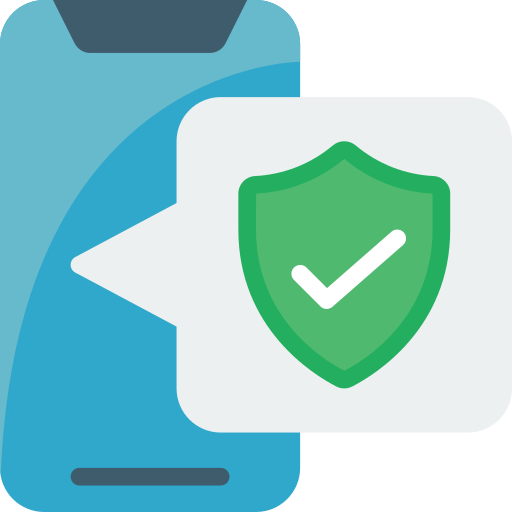Privacy Risks in Data Collection and Storage


Why This Happens
Risks to your personal data are never at a low in our modern society, where the potential of data collect and storage is at a constant high. With each website you access, not only can your activity be seen, but what you do afterwards also become available to companies. One method this happens through is with the use of device fingerprinting. This technique creates a fingerprint of your device by identifying and compiling a list of attributions such as IP address, time zone, language, VPN information, and much more. Still, device fingerprinting is one of many ways your data can be acquired with each web page you visit.

Consequences of Data Breaches
As soon as your data is leaked, you’re suddenly put at risk for financial loss, identity theft, and as a business, loss of sales, reputation, intentional attacks. When any company that keeps personal information experiences a data breach, sensitive information including social security numbers, bank information, or credit card numbers puts you at risk for identity theft. This signifies that your money can be stolen, new accounts can be opened under your name, and your cards can be accessed. Scary as it is, organizations are also equally vulnerable to targeted attacks to gain personal information. According to What Is a Data Breach and How to Prevent It?, there are four common types of cyberattacks: phishing attacks, malware attacks, vulnerability exploits, and denial-of-service (DoS) attacks. Phishing attacks use social engineering to steal sensitive information, typically starting from an email or SMS messages, malware attacks happen when a malicious link or attachment is opened, allowing the attacker to insert their code onto the device and access the credentials and information. Vulnerability exploits, also known as a zero-day attack is when the hackers creates problems in a company website and launches it before it can be fixed and denial-of-service attacks are an overload of fake requests and messages to a company with hopes to crash and or damage the website.

Prevention Measures
Having established this, we can continue by learning what prevention measures we can take to protect ourselves against data breaches, starting with our passwords. Using strong passwords is the key step to protecting the information you store online seeing as weak passwords are the most common causes of data breaches. To create one, use a minimum of 12 characters, a combination of symbols, numbers, uppercase, and lowercase letters. It’s also important to update your software when prompted and use only secure URLs, these will start with “https” and help prevent risky links and websites infesting your device. And lastly, for extra precautions, have your data backed up and ready to be recovered if the consequences of a data breach is to delete your data.